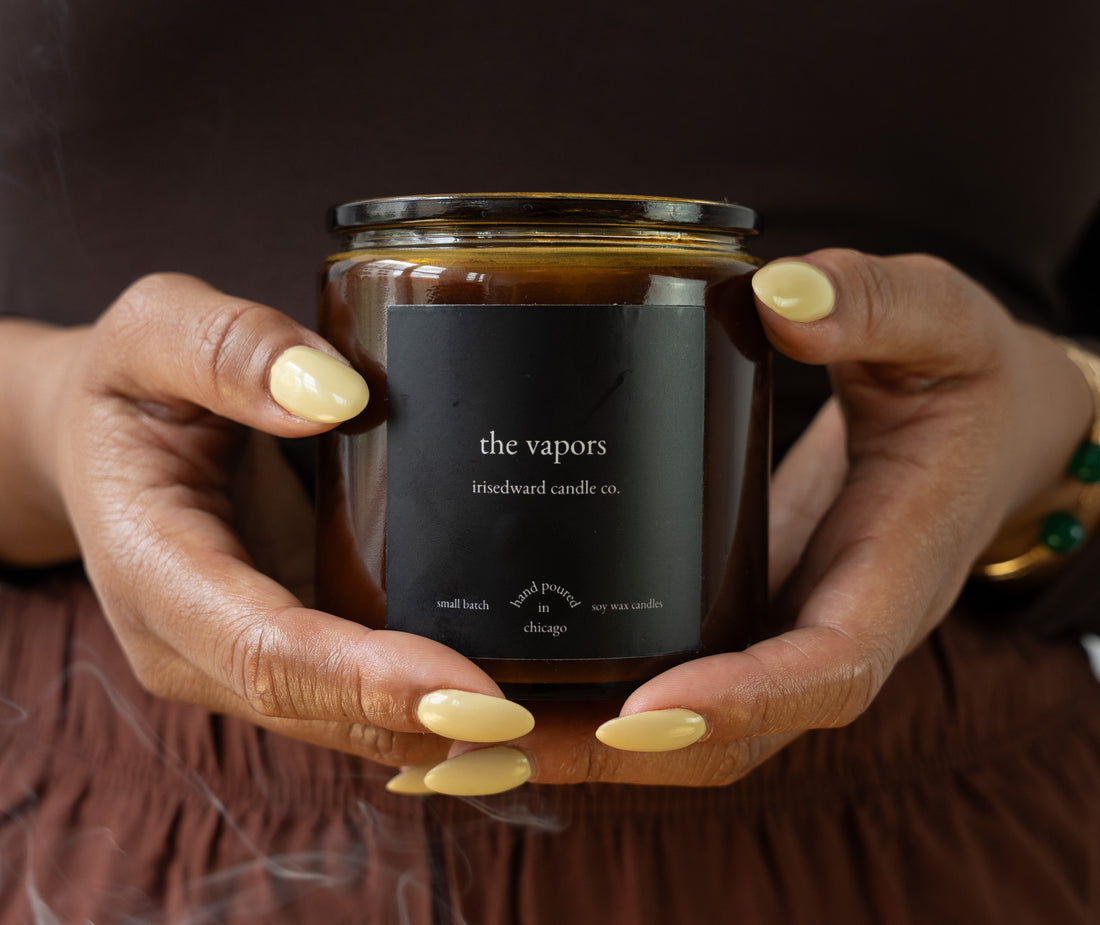
Fragrance Notes 101: A Guide to Scent and Mood
What are fragrance notes?
Think of a fragrance like a song—it has a beginning, a middle, and a lingering ending. These are referred to as top notes, middle (or heart) notes, and base notes.
Each plays a different role in how a candle smells when you first light it, as it burns, and even after you blow it out.
The Three Layers of a Scent
Top Notes
-
The first impression of a candle
-
Light, fresh, and quick to fade
-
You’ll notice them when you first walk into a room
Common Top Notes:
Citrus (grapefruit, lemon), Herbs (basil, sage), Green Leaves
Middle Notes (Heart Notes)
-
The core of the fragrance
-
Emerge after the top notes fade
-
Help define the candle’s personality
Common Middle Notes:
Floral (lavender, jasmine), Spices (cinnamon, clove), Fruits (apple, pear)
Base Notes
-
The deepest part of the scent
-
Linger long after the candle is out
-
Often warm, grounding, or musky
Common Base Notes:
Woods (cedar, sandalwood), Musk, Amber, Vanilla
Why It Matters
Understanding fragrance notes helps you select the ideal candle for your space and mood. Want something uplifting and fresh? Look for citrusy top notes. Craving something cozy and warm? Choose candles with woody or amber base notes.